Apple announced its plan to switch Mac computers from Intel processors to Apple Silicon chips at the WWDC conference, which took place on June 22, 2020. The first computers with the M1 chip were then introduced on November 10 of the same year. Last fall saw the arrival of the 14" and 16" MacBook Pros, which were expected to feature the M2 chip. It didn't happen because they got M1 Pro and M1 Max chips. M1 Max is also present in Mac Studio, which also offers M1 Ultra.
Now at the WWDC22 conference, Apple showed us the second generation Apple Silicon chip, which logically bears the designation M2. So far, it includes the 13" MacBook Pro, which, however, has not undergone a redesign following the example of its larger brothers, and the MacBook Air, which has already been inspired by their appearance. But what about the larger version of the iMac, and where is the improved Mac mini? In addition, we still have the remnants of Intel here. The situation is somewhat chaotic and confusing.
It could be interest you
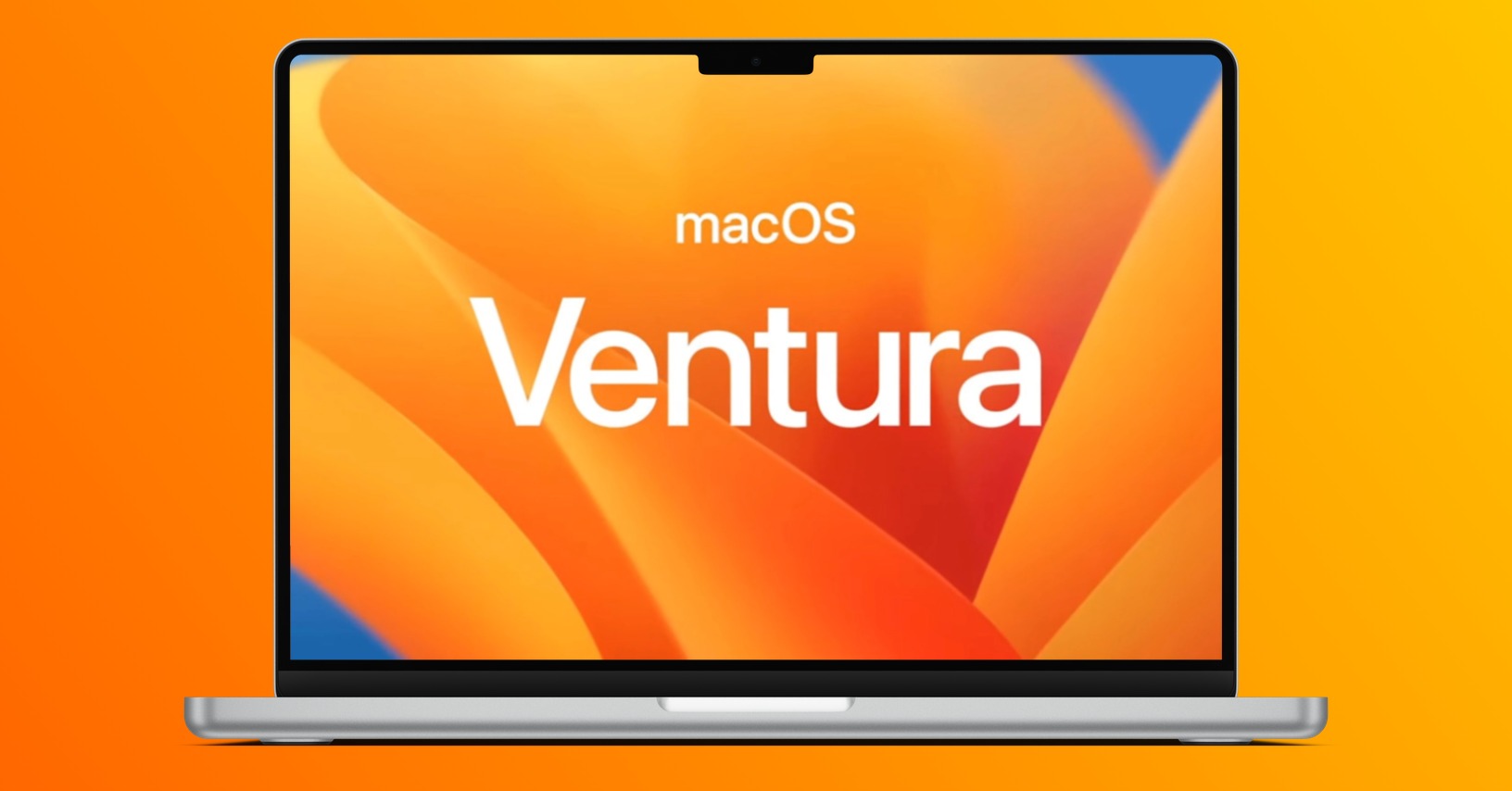
Intel still lives
If we look at the iMac, we only have one variant with a 24" screen size and an M1 chip. Nothing more, nothing less. When Apple previously offered an even larger model, now there is no other size to choose from in its portfolio. And it's a shame, because 24" may not suit everyone for certain jobs, although it's certainly enough for normal office work. But if you can change the display sizes according to your needs with the Mac mini, the all-in-one computer is simply limited in this, and therefore offers a certain limitation for potential buyers. Will 24 inches be enough for me without the option to change, or should I get a Mac mini and add the peripherals I want?
You can find three variants of the Mac mini in the Apple Online Store. The basic one will offer an M1 chip with an 8-core CPU and 8-core GPU, complemented by 8GB of RAM and 256GB of SSD storage. The higher variant practically only offers a larger 512GB disk. And then there is another excavation (from today's point of view). This is a version with a 3,0GHz 6-core Intel Core i5 processor with Intel UHD Graphics 630 and a 512GB SSD and 8GB RAM. Why does Apple keep it in the menu? Probably just because he needs to sell it out because it doesn't make much sense otherwise. And then there's the Mac Pro. The only Apple computer that runs exclusively on an Intel processor and for which the company simply does not yet have an adequate replacement.
A cat named 13" MacBook Pro
Many customers unfamiliar with the situation may be confused. Probably not because the company still has a computer with Intel in its offer, but maybe because the M1 Pro, M1 Max and M1 Ultra chips are higher in performance than the newer M2 chip, which also marks the new generation of Apple Silicon chips. Potential customers may even be confused with regard to the new MacBooks introduced at WWDC22. The difference between MacBook Air 2020 and MacBook Air 2022 is evident not only in design, but also in performance (M1 x M2). But if they compare between the MacBook Air 2022 and the 13" MacBook Pro 2022, when both contain M2 chips and in the higher configuration, the Air is even more expensive than the model intended for professionals with the same performance, it's a good headache.
It could be interest you

Before the WWDC keynote, analysts mentioned how the 13" MacBook Pro will not be shown in the end, because here we still have restrictions in the supply chain in connection with the coronavirus pandemic, we still have the chip crisis and, on top of that, the ongoing Russia-Ukraine conflict. Apple finally surprised and launched the MacBook Pro. Maybe he shouldn't have. Maybe he should have waited until the fall and brought a redesign to it as well, rather than creating such a tomboy that doesn't really fit into his portfolio of portable computers.
- Newly introduced Apple products can be purchased, for example, at AlgeIn iStores whether Mobile Emergency

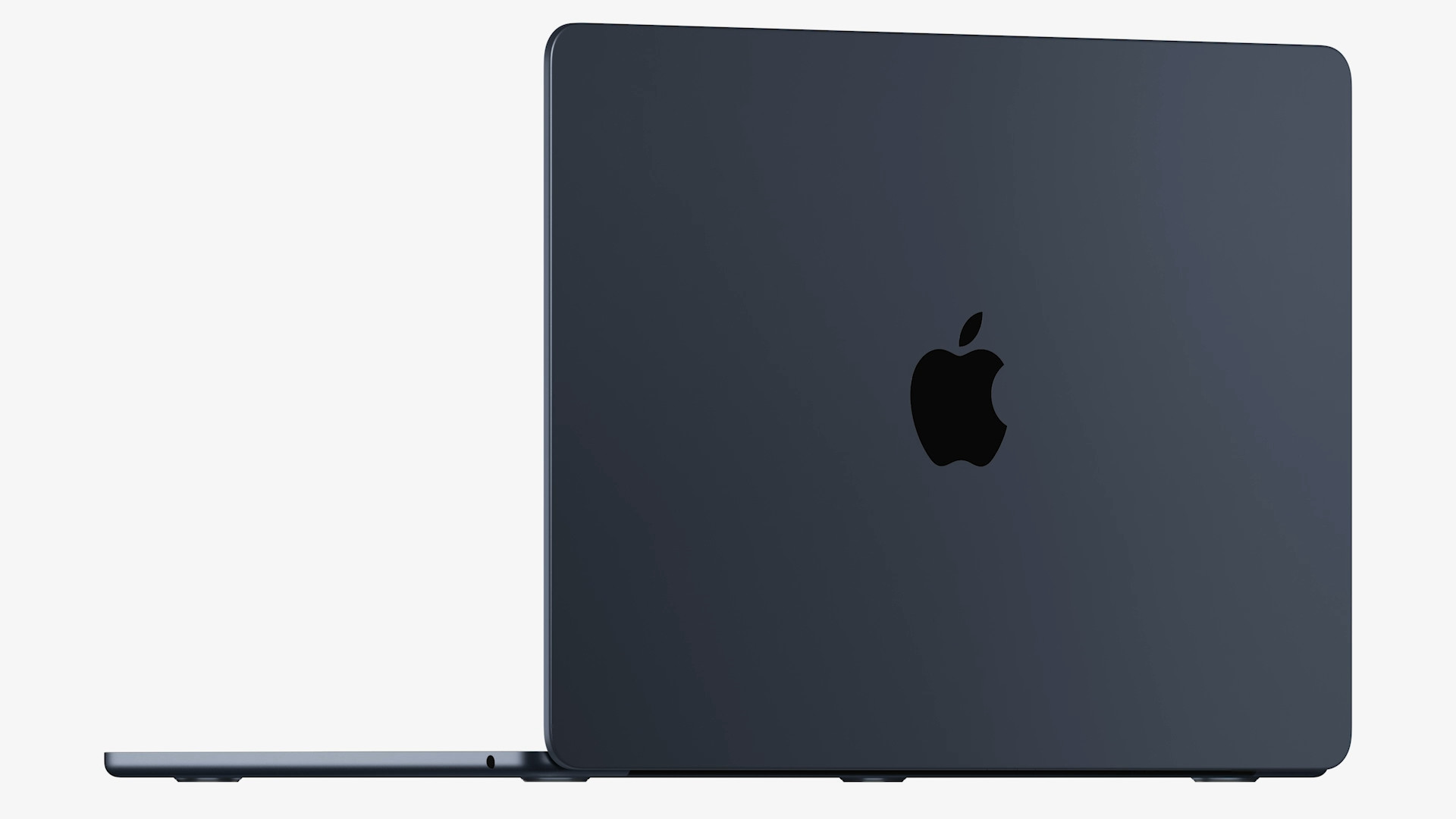


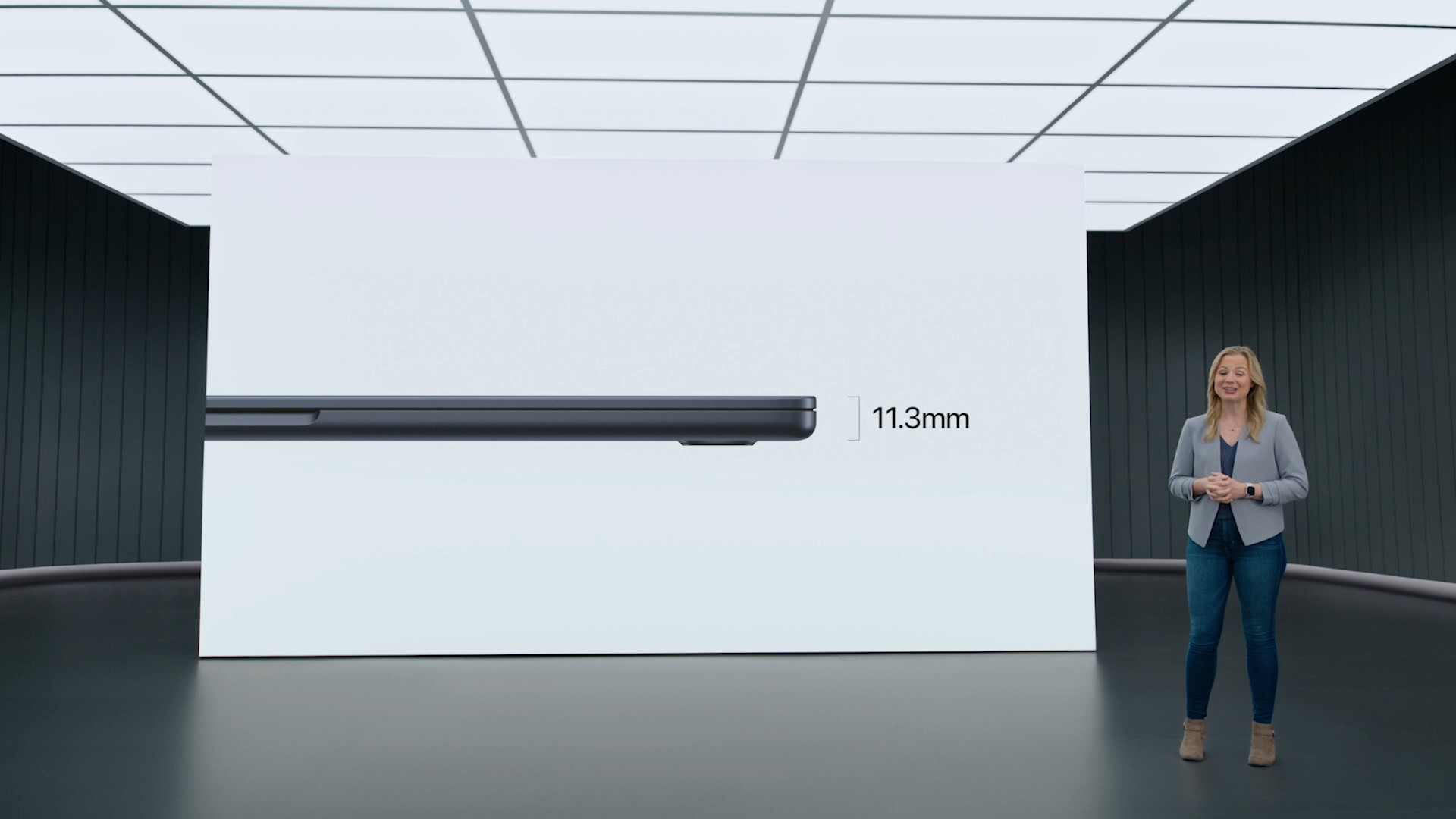
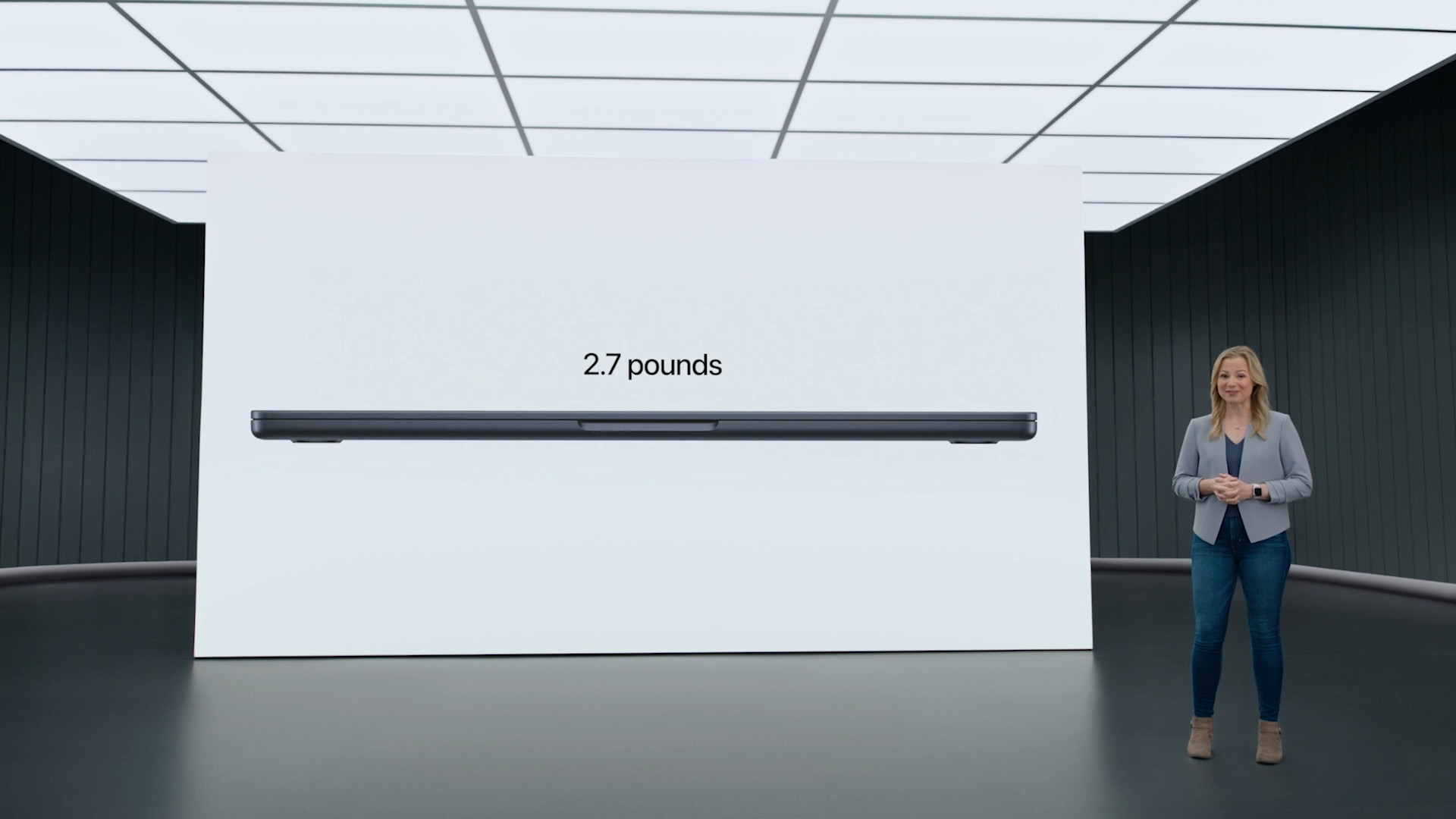
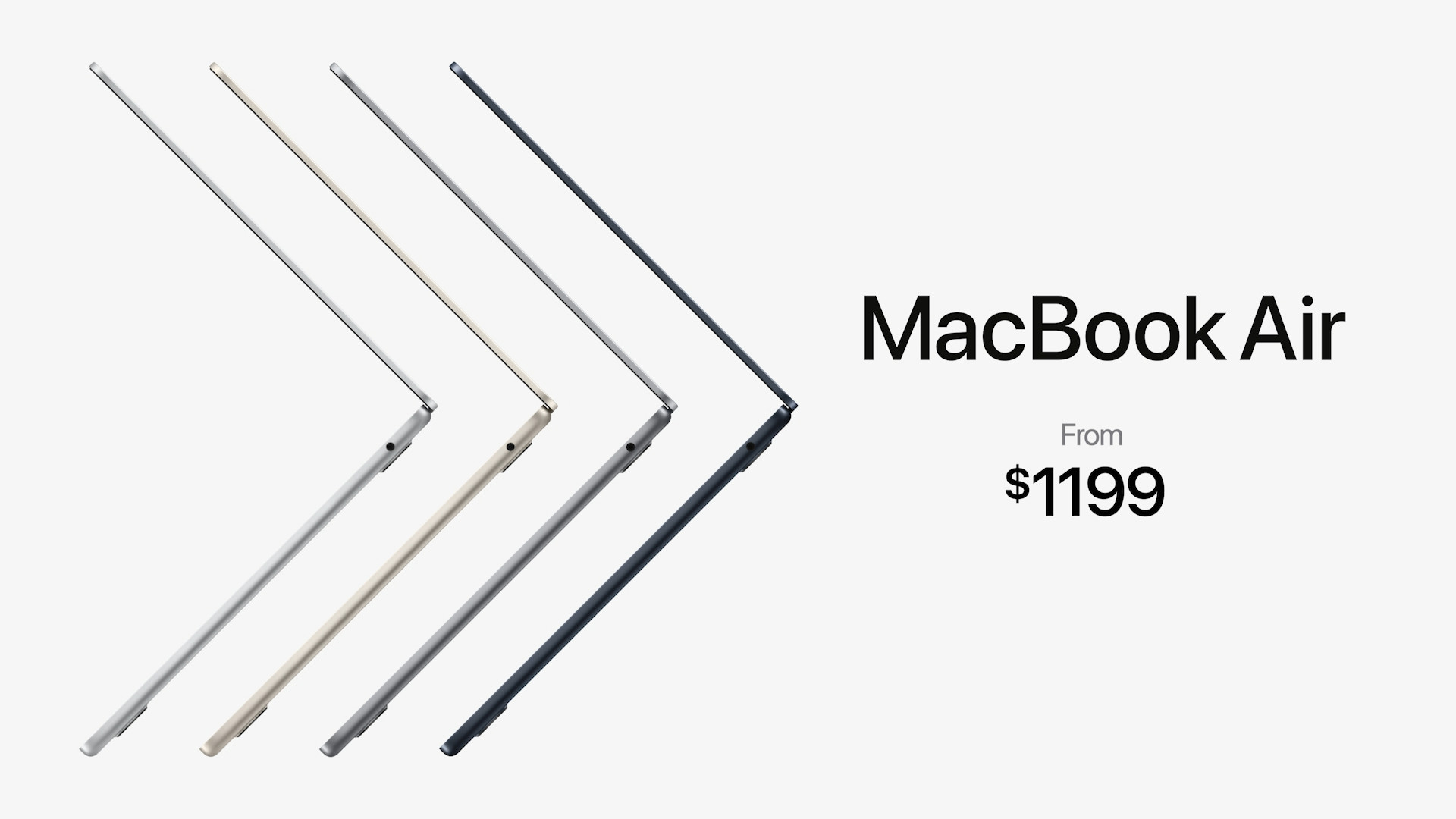
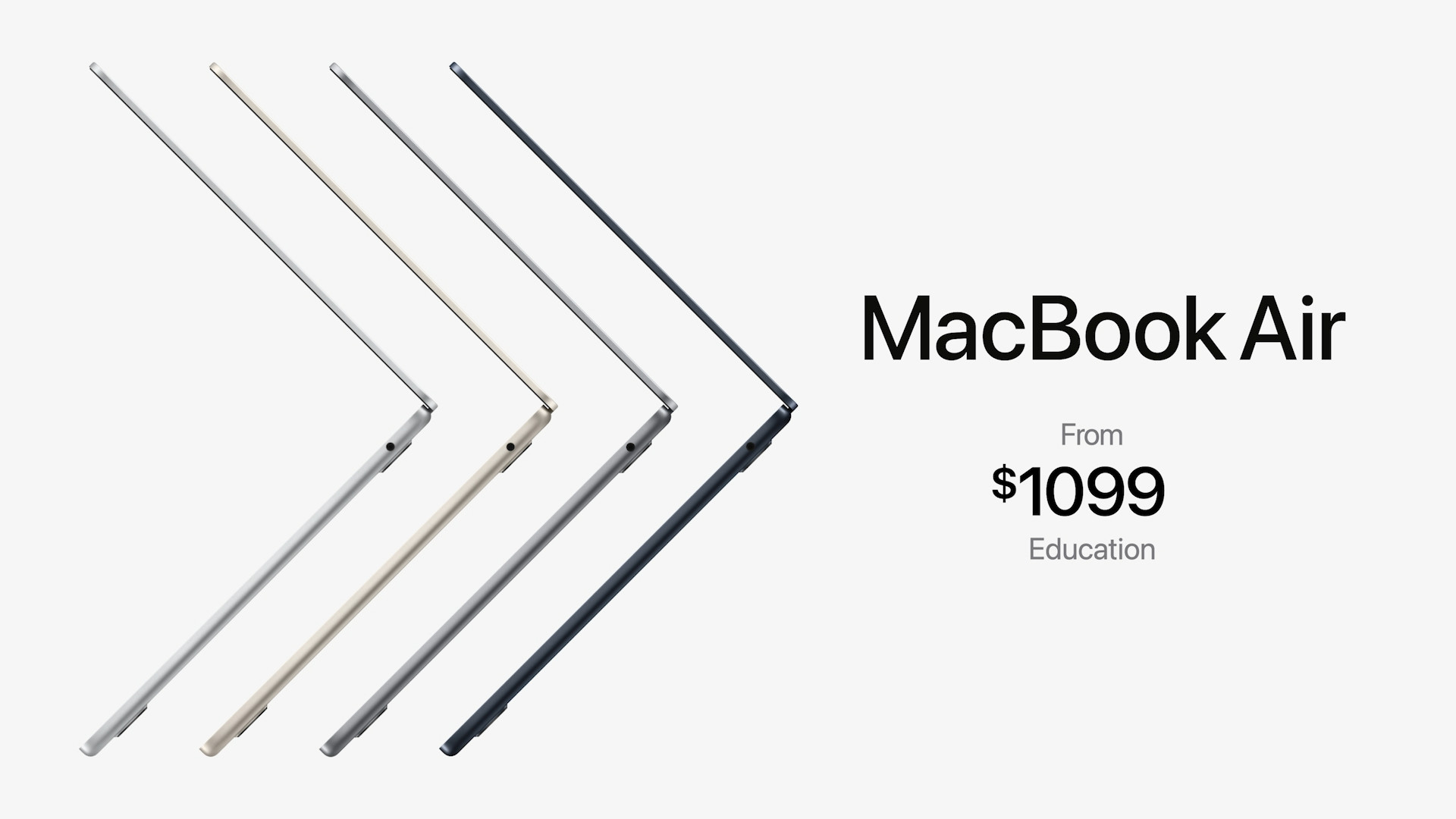

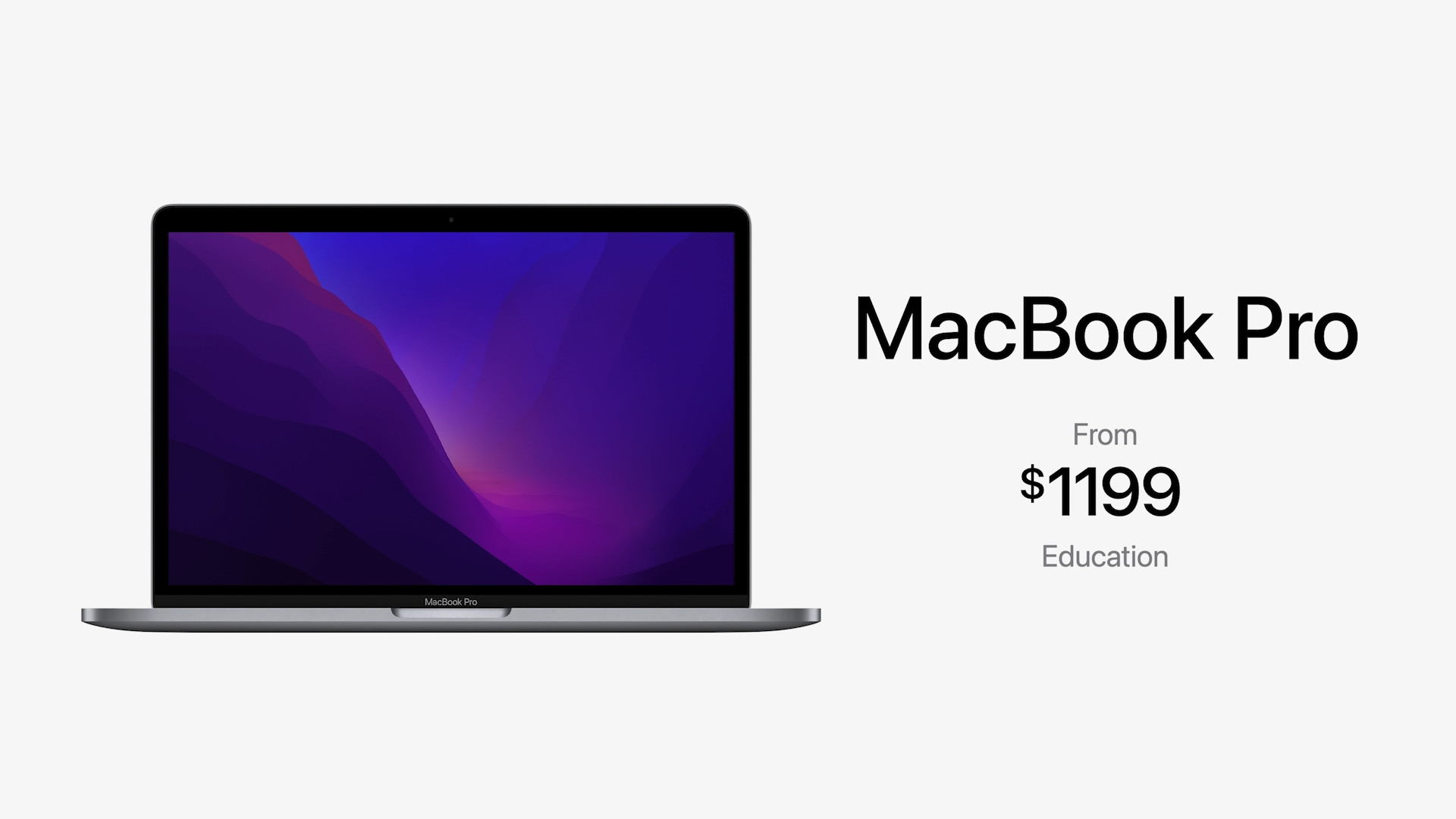
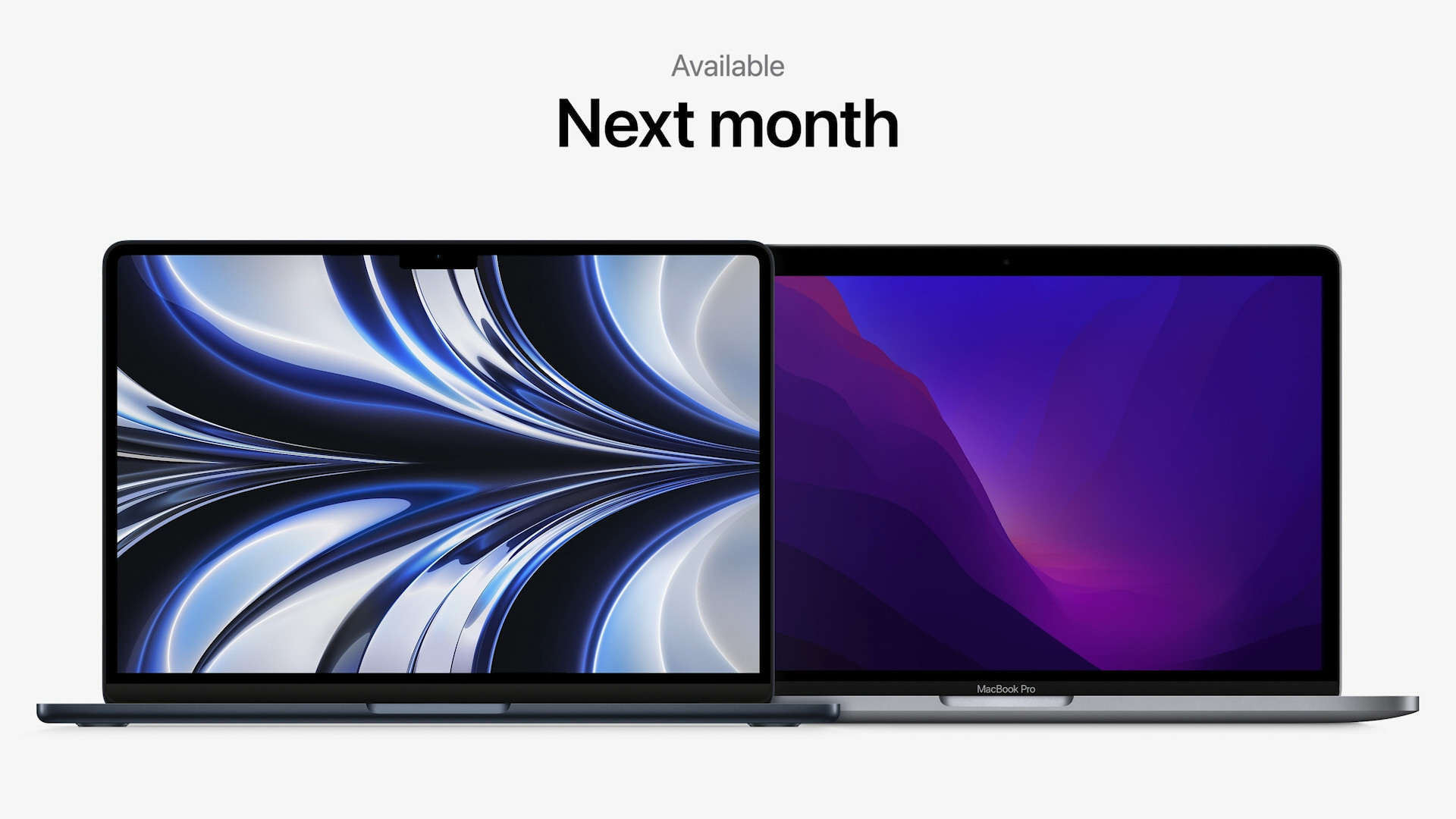
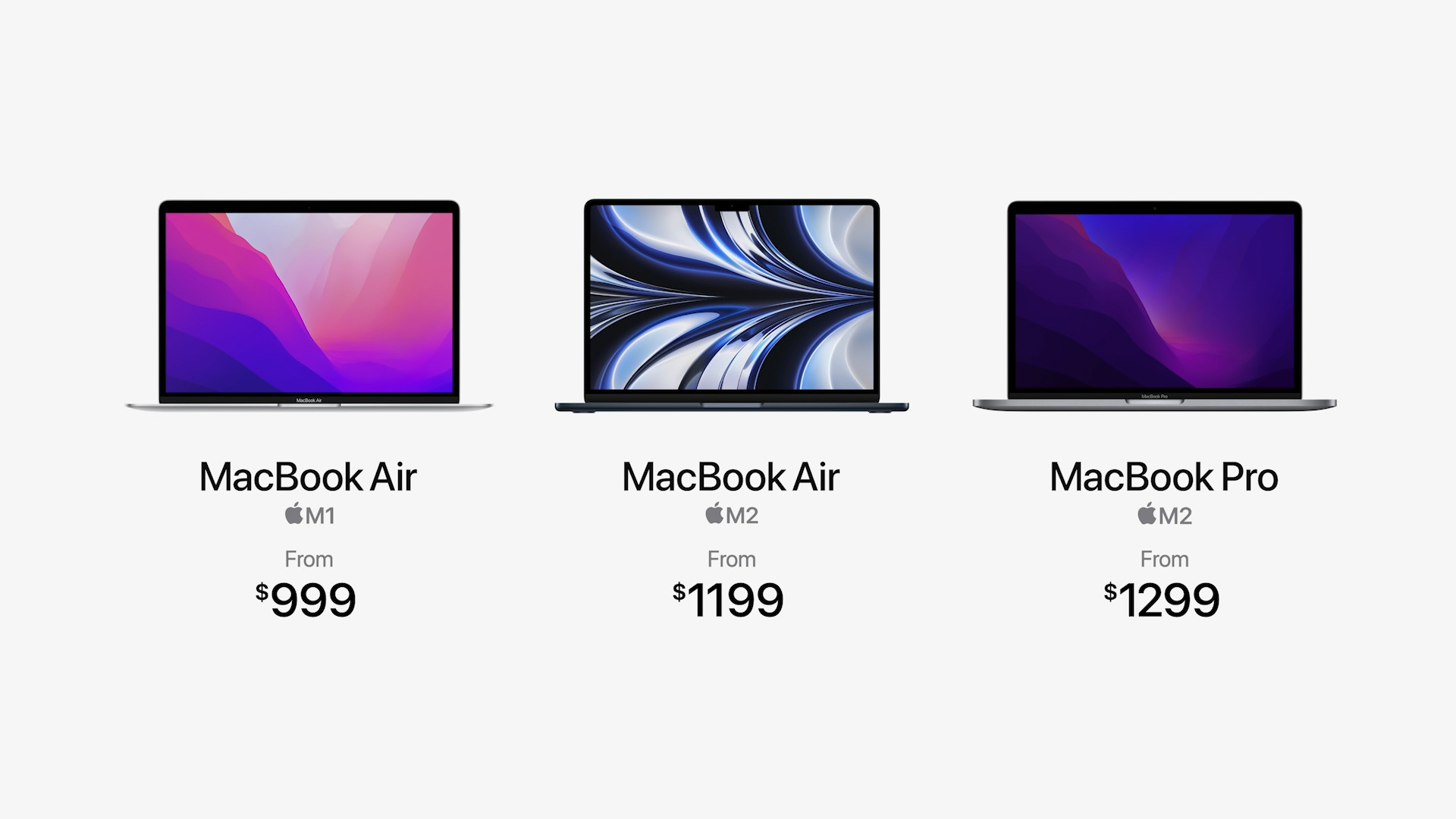


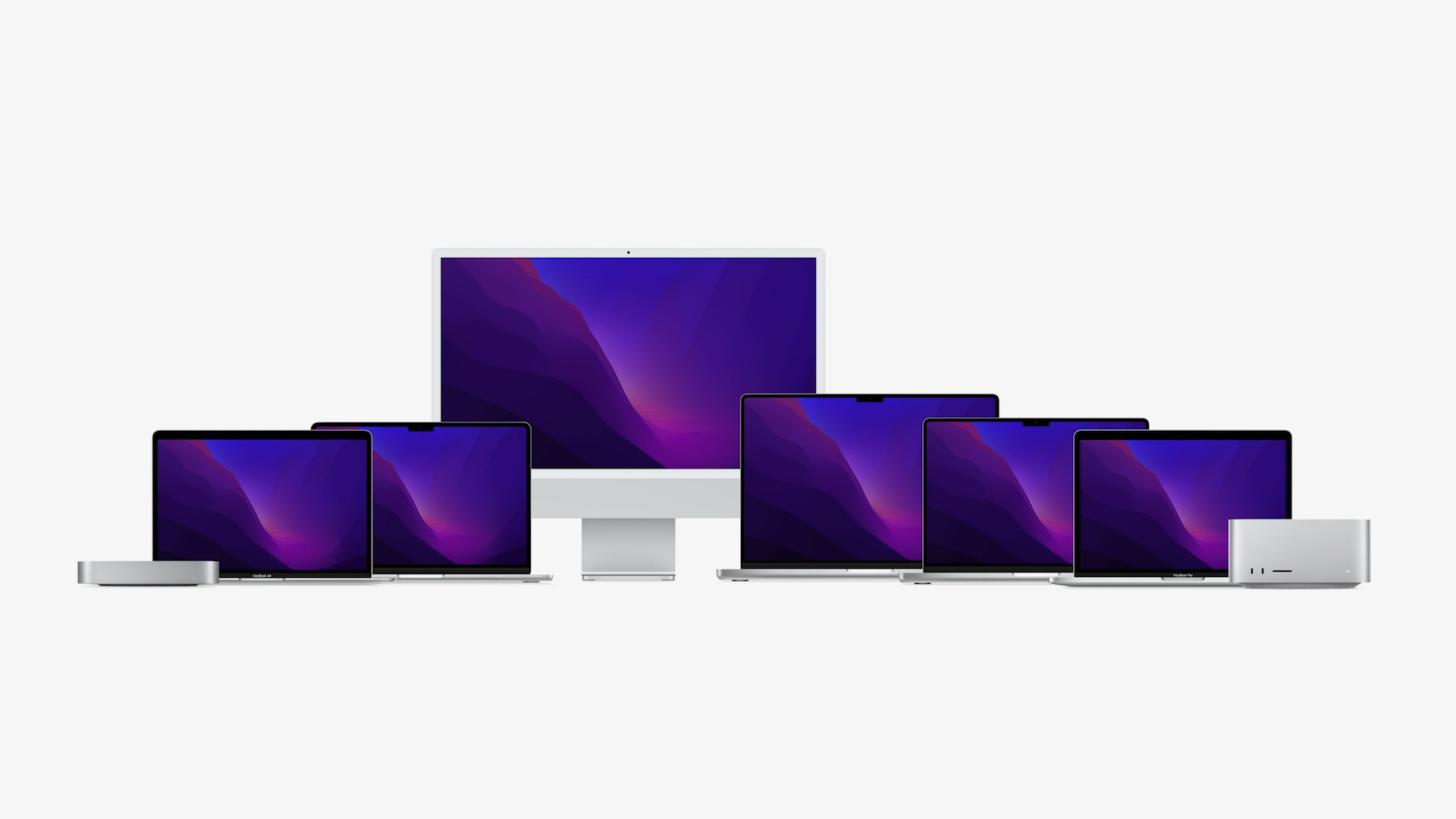
 Adam Kos
Adam Kos